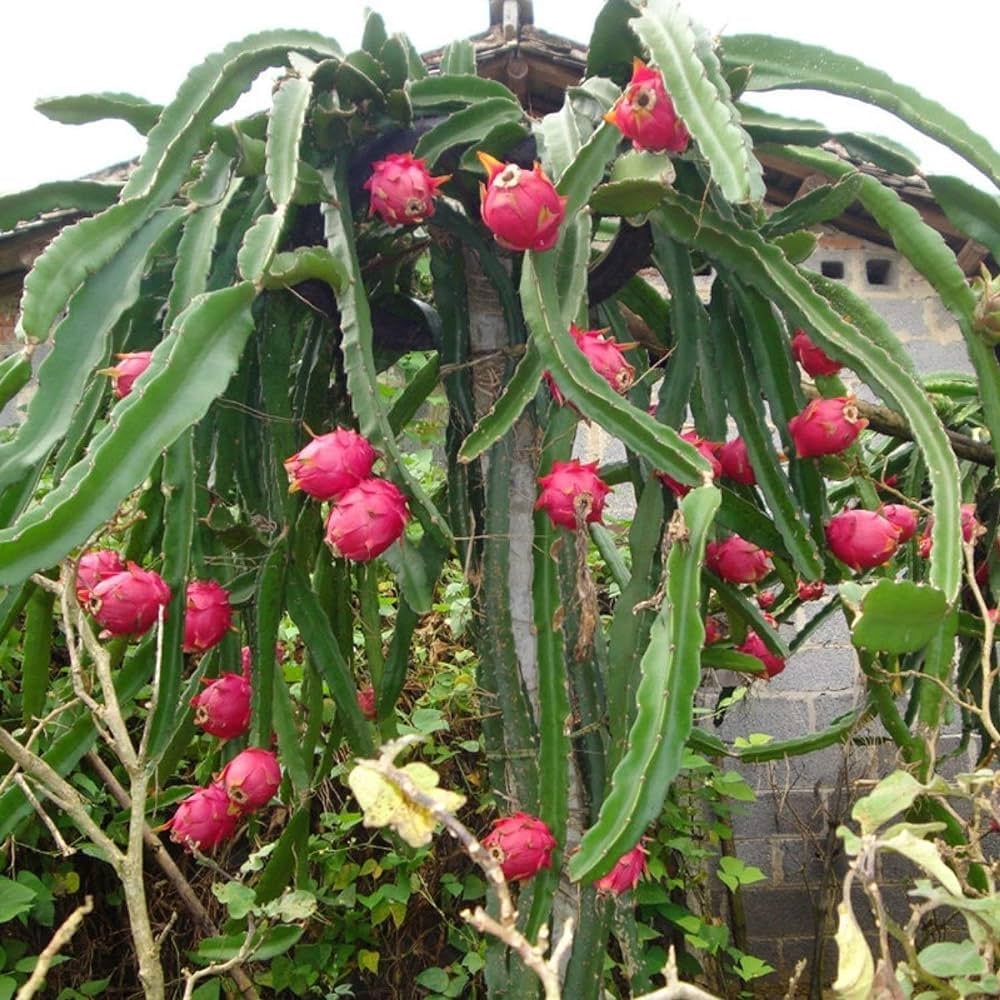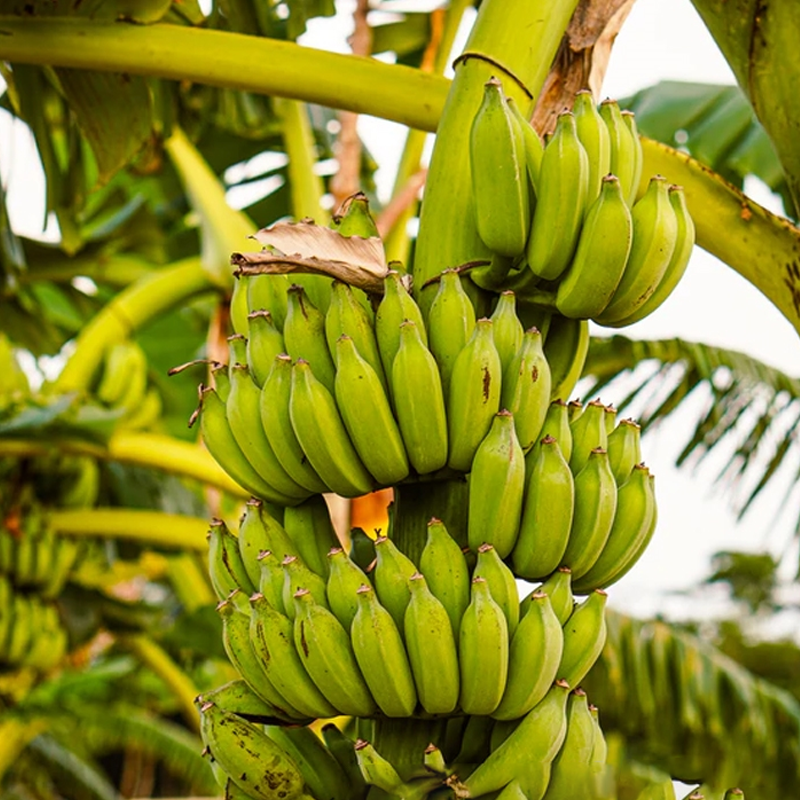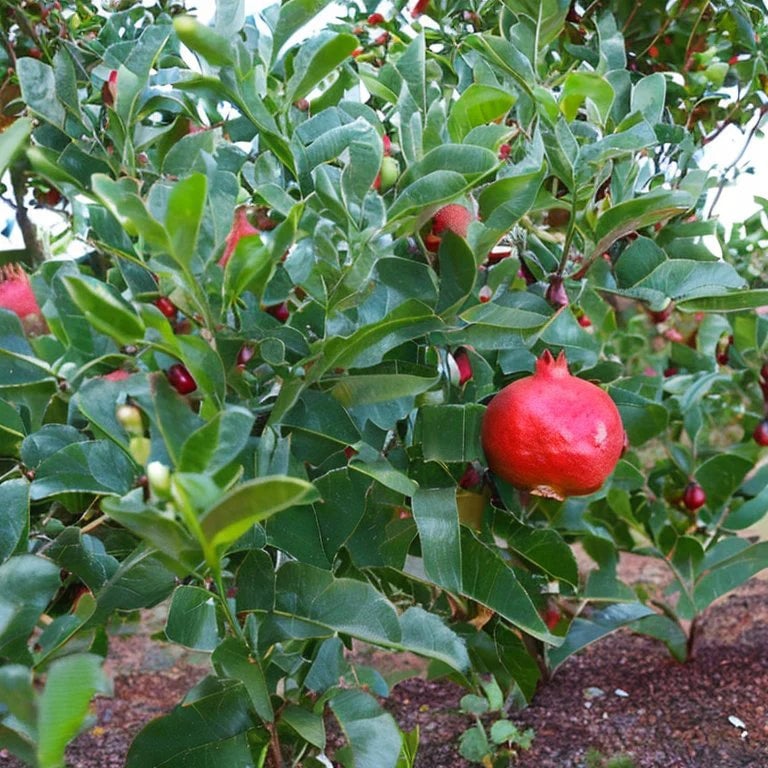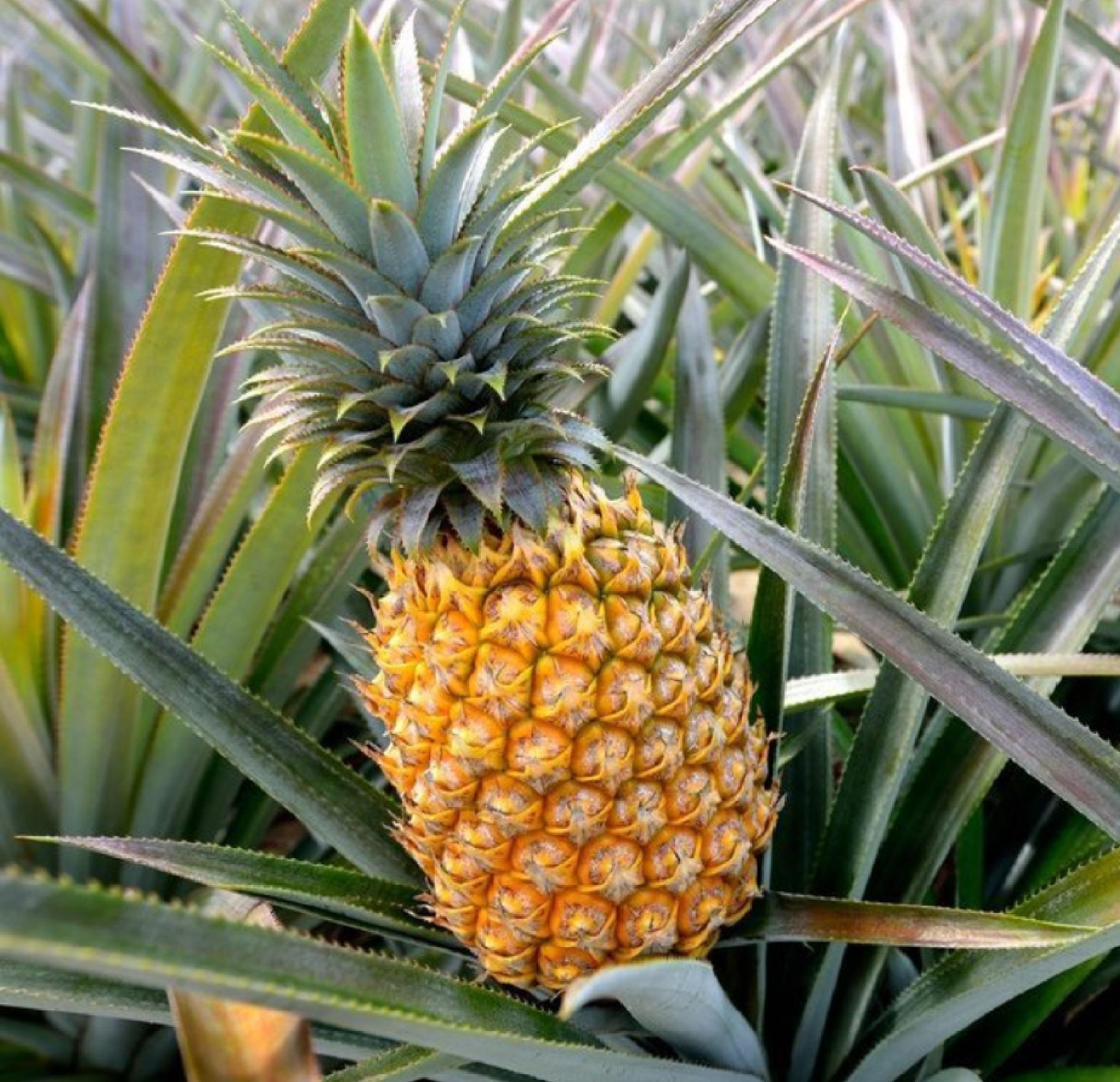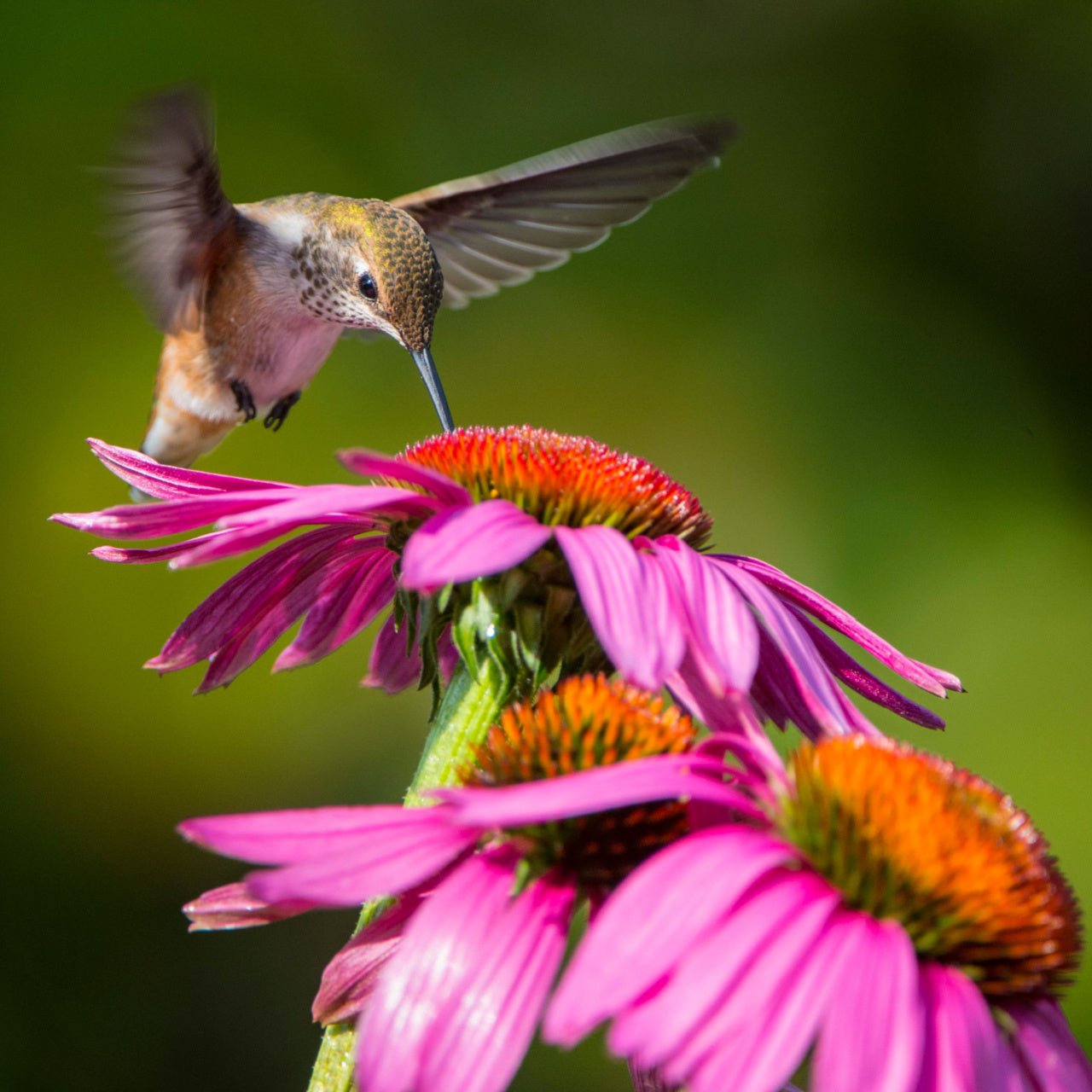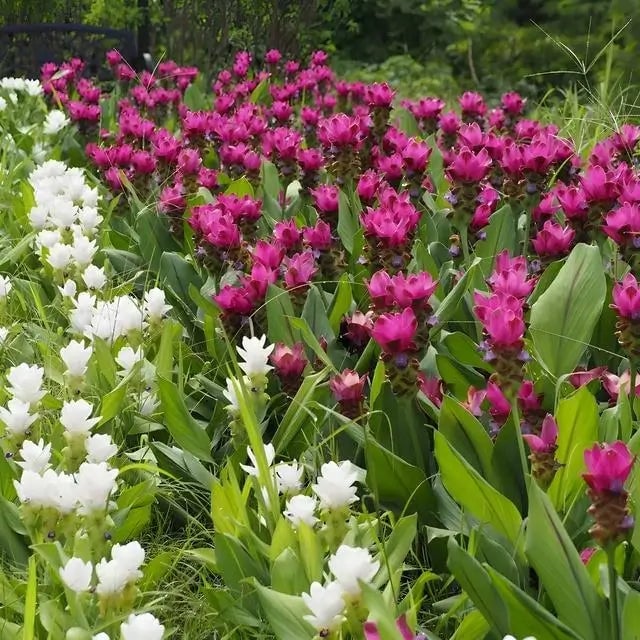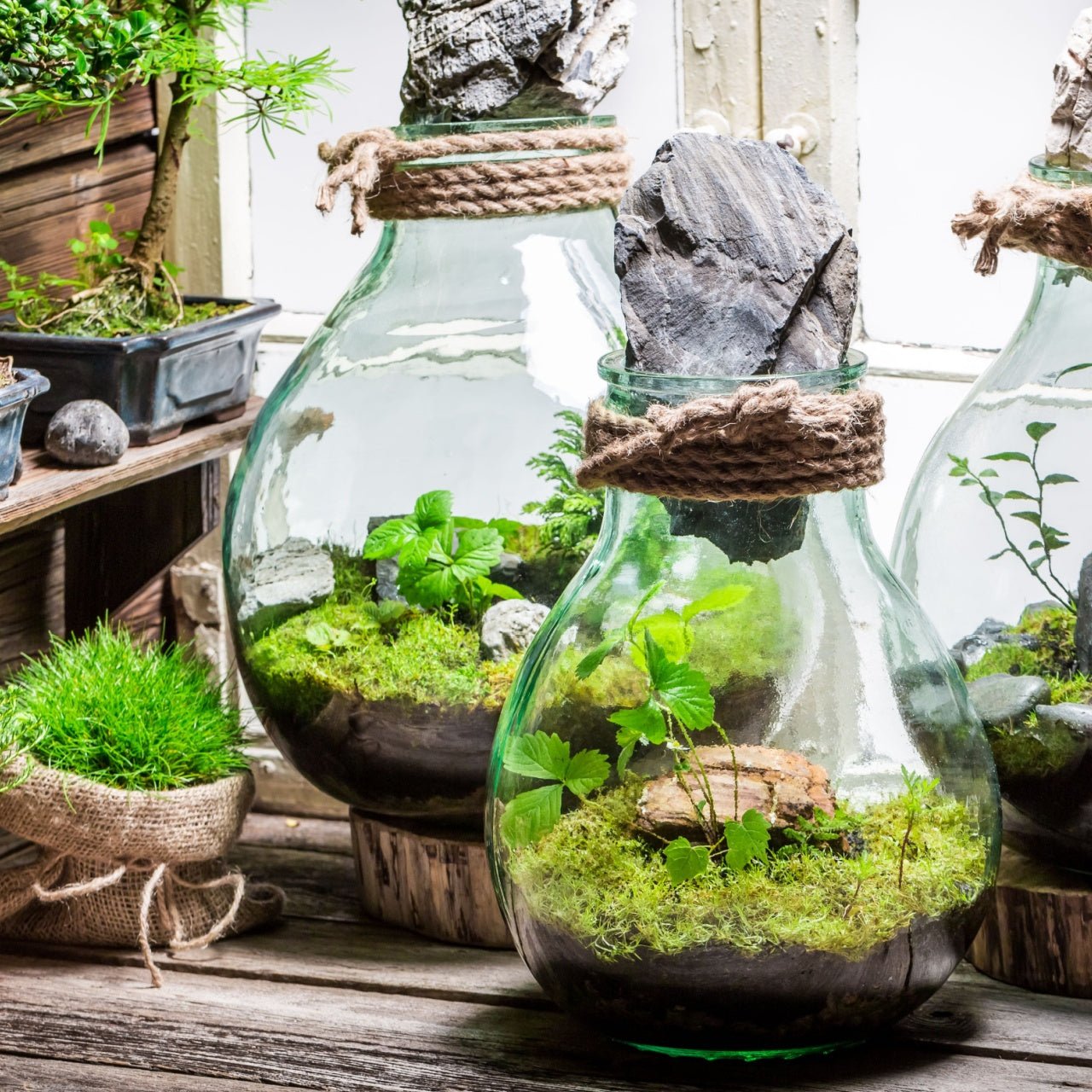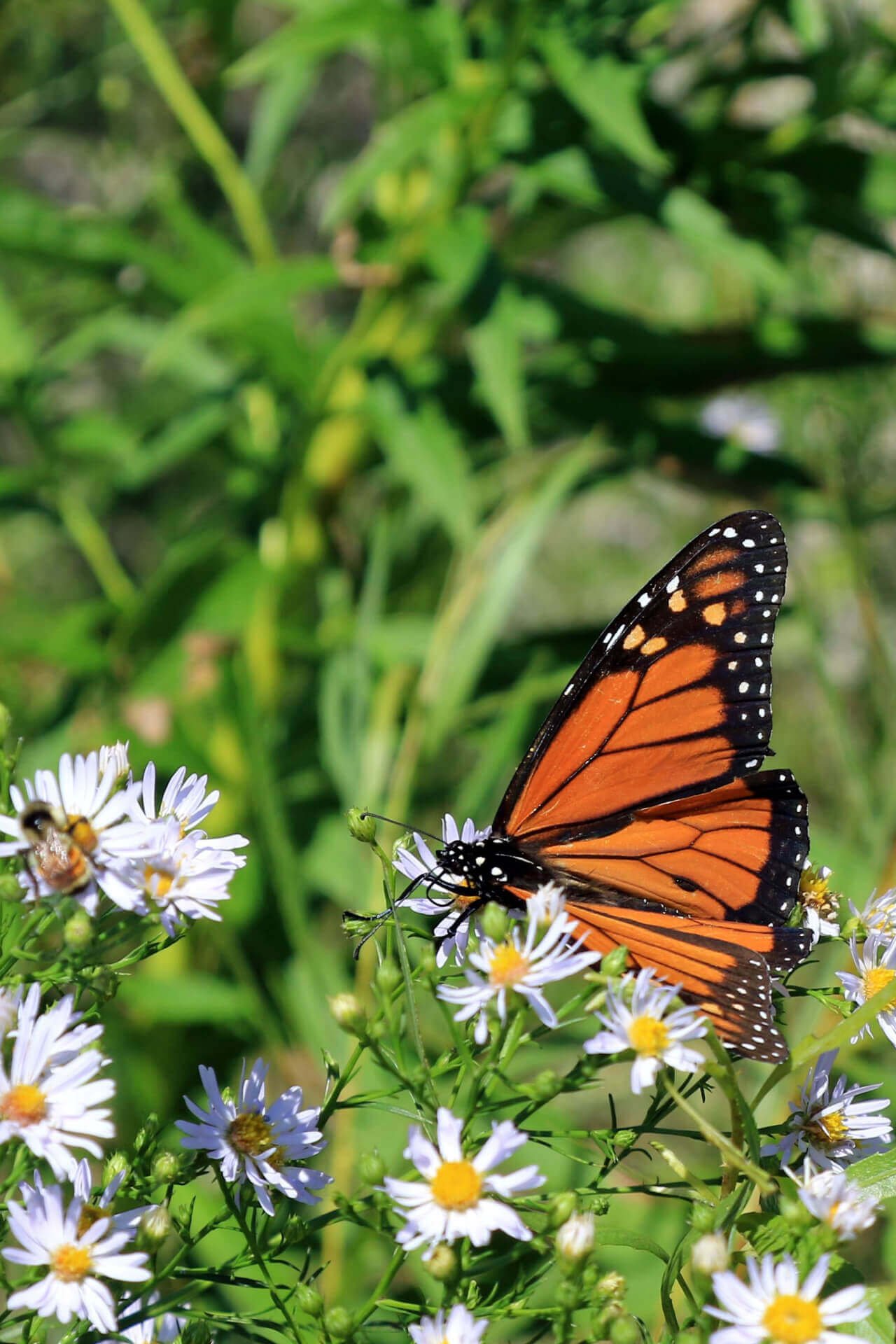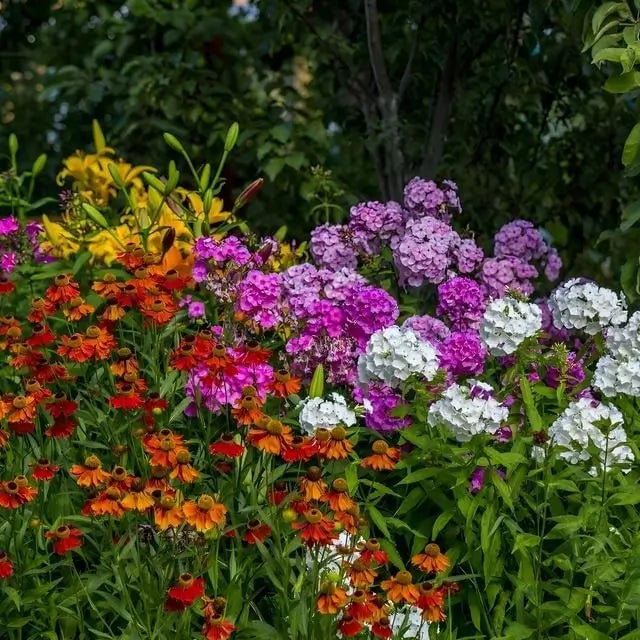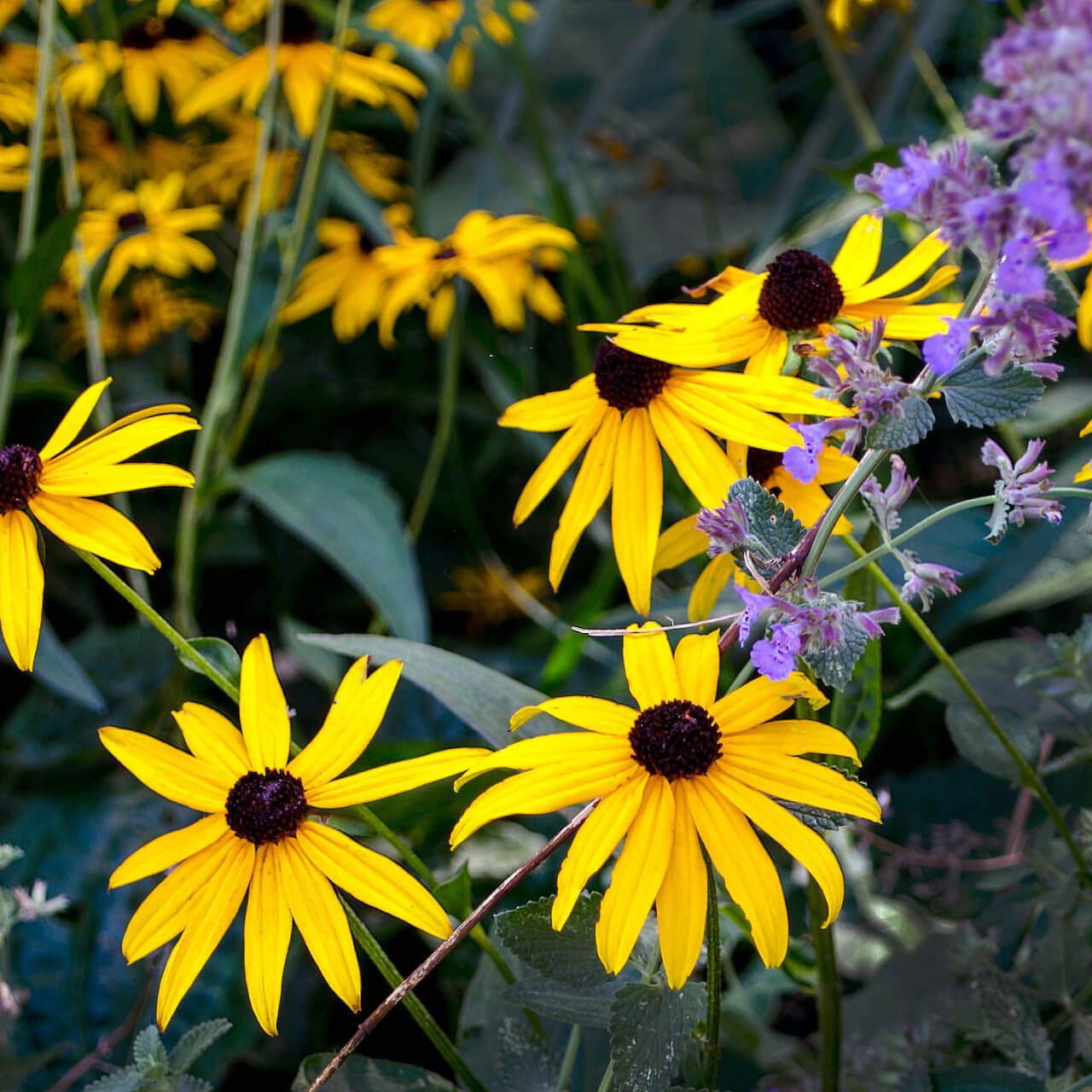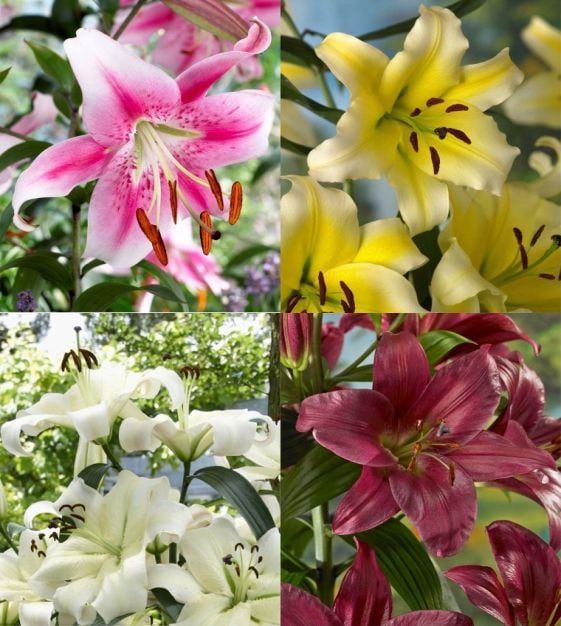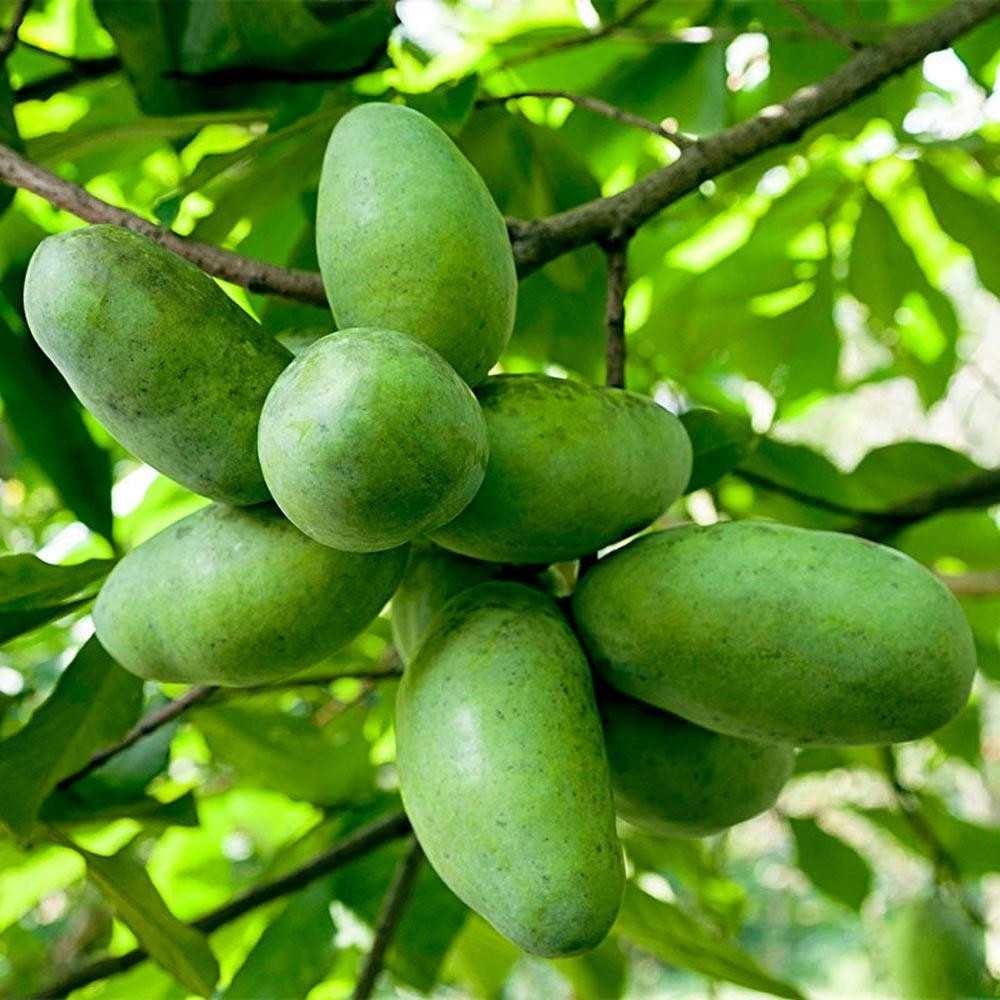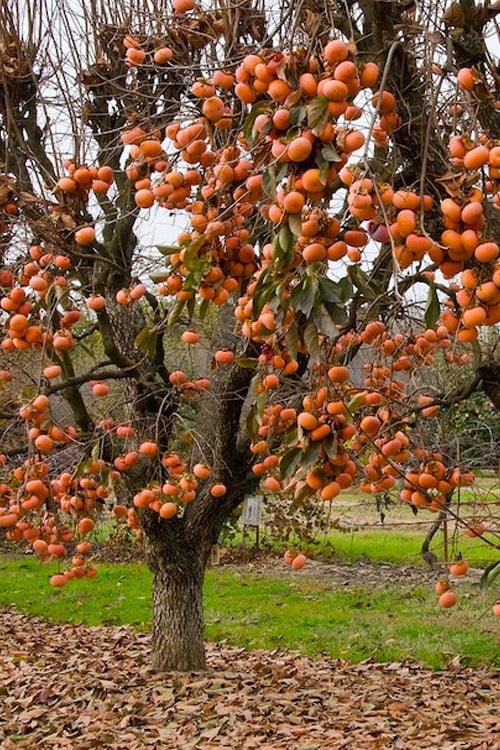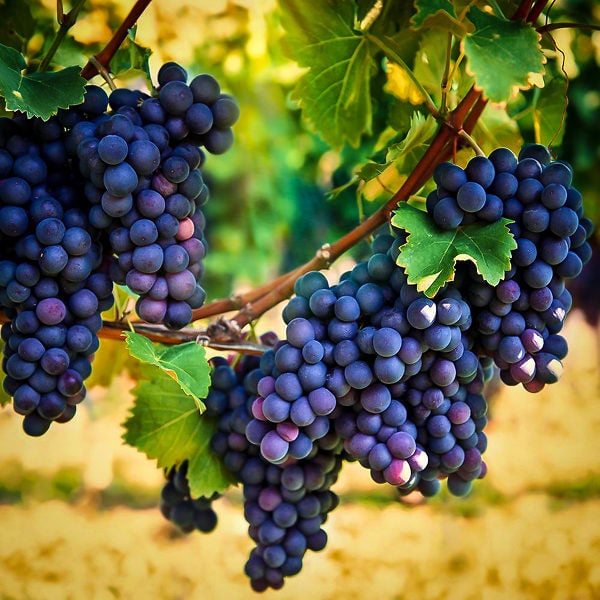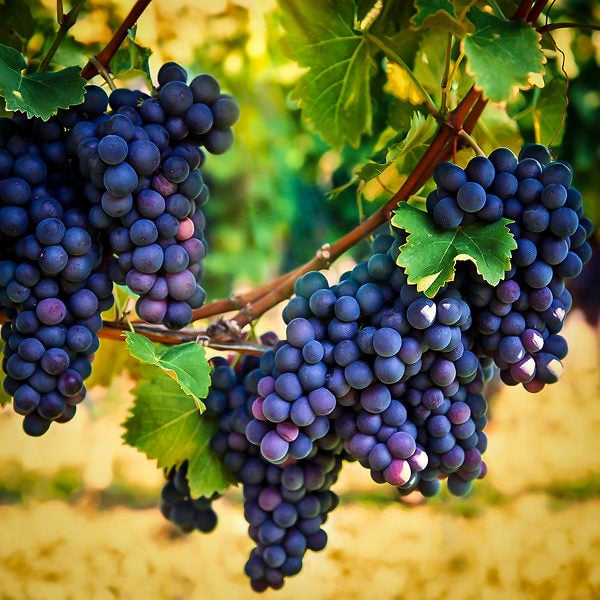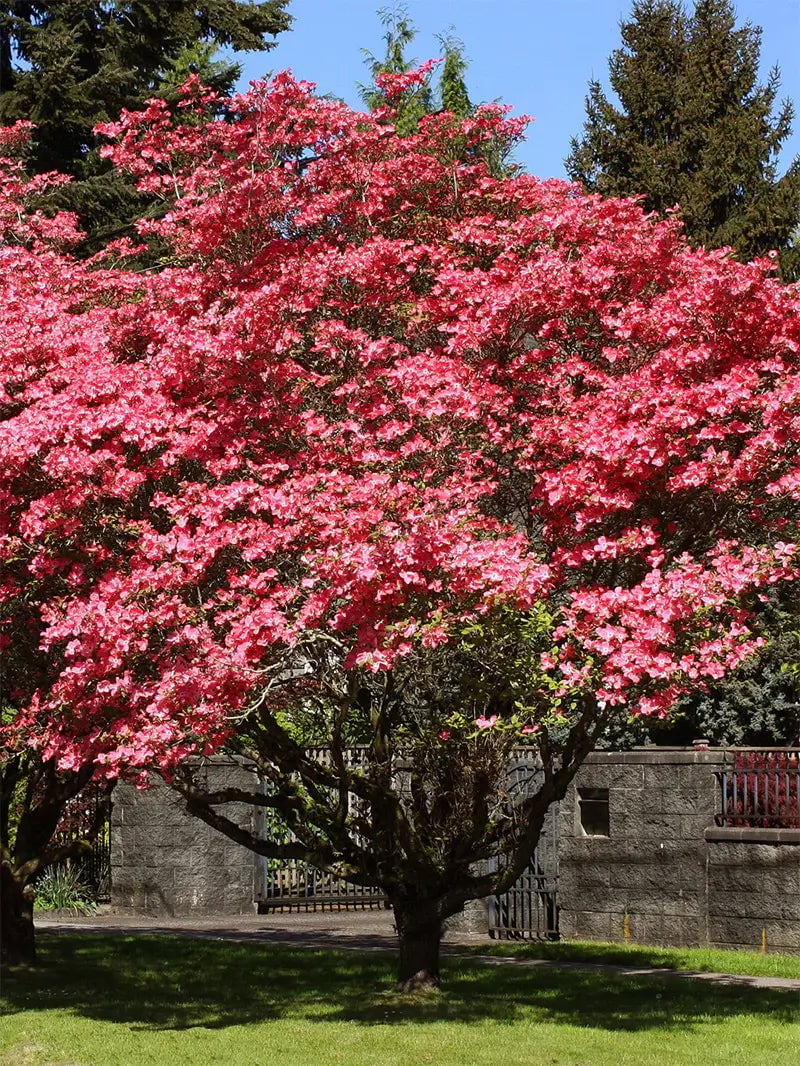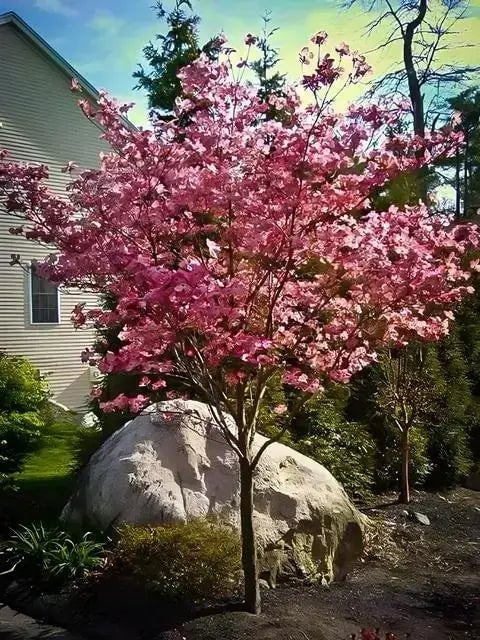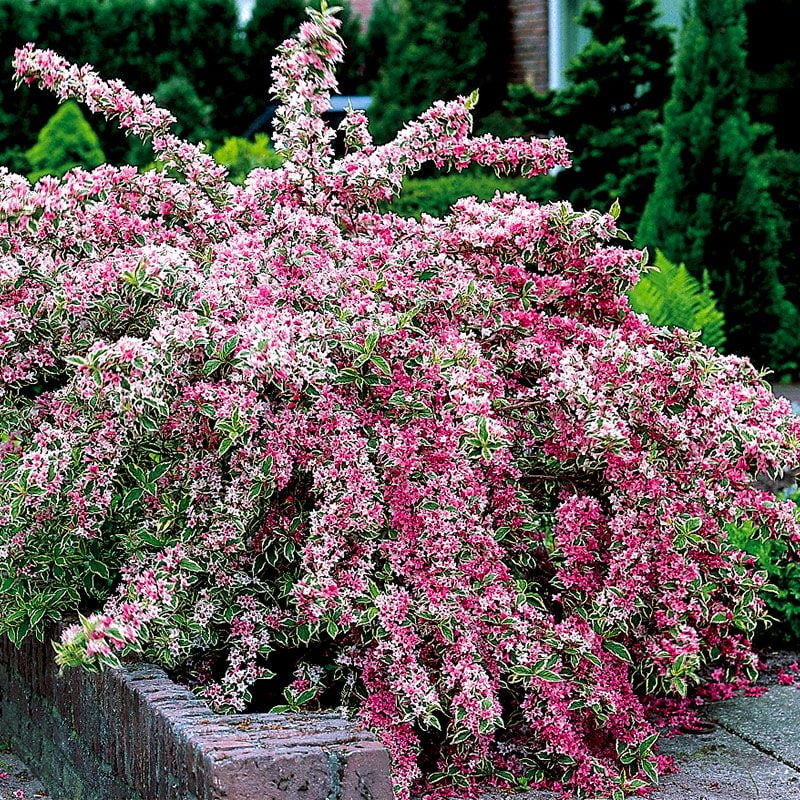Filters
Essential Best-Sellers Plants Required to Transform Your Garden into a Stunning Showcase
Gardeners looking for top plants to improve their outdoor spaces should visit TN Nursery's best-sellers collection, which serves every level of gardening expertise. The carefully curated selection of customer favorites features high-quality plants that provide beauty and functional durability.
This collection includes everything from colorful flowering plants to durable ground covers and local shrubs to satisfy all gardening tastes. Explore these exceptional products and understand why green thumbs from coast to coast find them irresistible.
Perennial Star Gardeners worldwide love Stella de Oro Daylily due to its extended flowering period and effortless care requirements. The vibrant yellow color of this flower brings lively cheer to gardens while it grows successfully under various conditions. These daylilies serve as beautiful garden borders or walkway edges, drawing bees and butterflies while acting as eco-friendly focal points.
Due to its drought-tolerant nature, the daylily maintains a vibrant garden appearance throughout the summer heat. Plant them in well-drained soil areas that receive full to partial sunlight to achieve optimal growth. Because they are repeat bloomers, they display beautiful flowers multiple times during the growing season.
Creeping Myrtle – Ground Cover That Shines
TN Nursery's Creeping Myrtle (Vinca Minor) is one of its most popular plants. This ground cover features glossy green leaves and small purple blooms, which make it suitable for preventing soil erosion on slopes and adding texture to shaded regions. The evergreen growth and quick development of Creeping Myrtle ensure its continuous visual appeal throughout all seasons.
Gardeners who desire straightforward plant care solutions will find Creeping Myrtle the ideal choice. After establishment, the plant needs little maintenance and performs well across different soil conditions while controlling weed growth. This plant is a reliable option for gardeners who want to establish dense greenery or fill vacant spots.
A Statement of Elegance The Red Maple Tree is the ultimate choice for significantly impacting your landscape. This tree displays stunning foliage that turns from green to fiery red during autumn while enhancing any yard with its dynamic beauty.
Red Maples grow readily and thrive across various soil types, making them an adaptable option for landscaping residential and commercial properties. The Red Maple Tree provides many advantages, including shade and improved air quality, while supporting diverse wildlife populations.
It represents a superior investment option for gardeners who value aesthetic appeal and practical benefits.
Nature's Carpet Mosses' natural beauty makes them more popular because they create serene aesthetics.
TN Nursery's Moss Collection provides premium Sheet Moss, Cushion Moss, and Fern Moss, creating soft, lush textures ideal for shaded areas and rock gardens. DIY terrariums and Japanese gardens benefit from moss as an eco-friendly ground cover. The moss collection requires minimal care and flourishes in damp, shaded areas. Mosses' moisture-retaining capabilities and soil-enhancing properties provide stunning visual appeal and environmental advantages, which explain their popularity as top sellers.
Pollinator's Paradise Gardeners who support pollinators should consider the Milkweed Plant an essential garden component. This flowering plant supports monarch butterflies with its eye-catching flower clusters in pink, orange, or white hues. Milkweed serves as a crucial food source for butterflies, while its drought-resistant and sturdy nature makes it ideal for gardeners who prioritize environmental health.
Why Shop TN Nursery's Best-Sellers?
Only plants that satisfied TN Nursery's loyal customers' high standards remain in this collection. These plants display beauty while demonstrating resilience and eco-friendliness and require minimal maintenance. This collection meets all your gardening needs; whether you want to establish vibrant flower beds, plant ground covers for erosion control or native species to support wildlife.
TN Nursery delivers nursery-grown plants straight to your doorstep for your convenience. TN Nursery ensures that every order reaches you with healthy plants that can immediately start thriving in your landscape through meticulous packing.
For all Your Gardening Needs, Shop TN Nursery
TN Nursery's best-sellers collection is the ultimate resource for garden plant choices. This collection offers vibrant perennials like Stella de Oro Daylilies and hardy ground covers like Creeping Myrtle to suit all gardening styles.
Both novice gardeners and experienced horticulturists will find these plants enhance their outdoor environments with beauty and functionality while delivering joy. Visit our collection today to discover the ideal plants that will transform your landscape.


